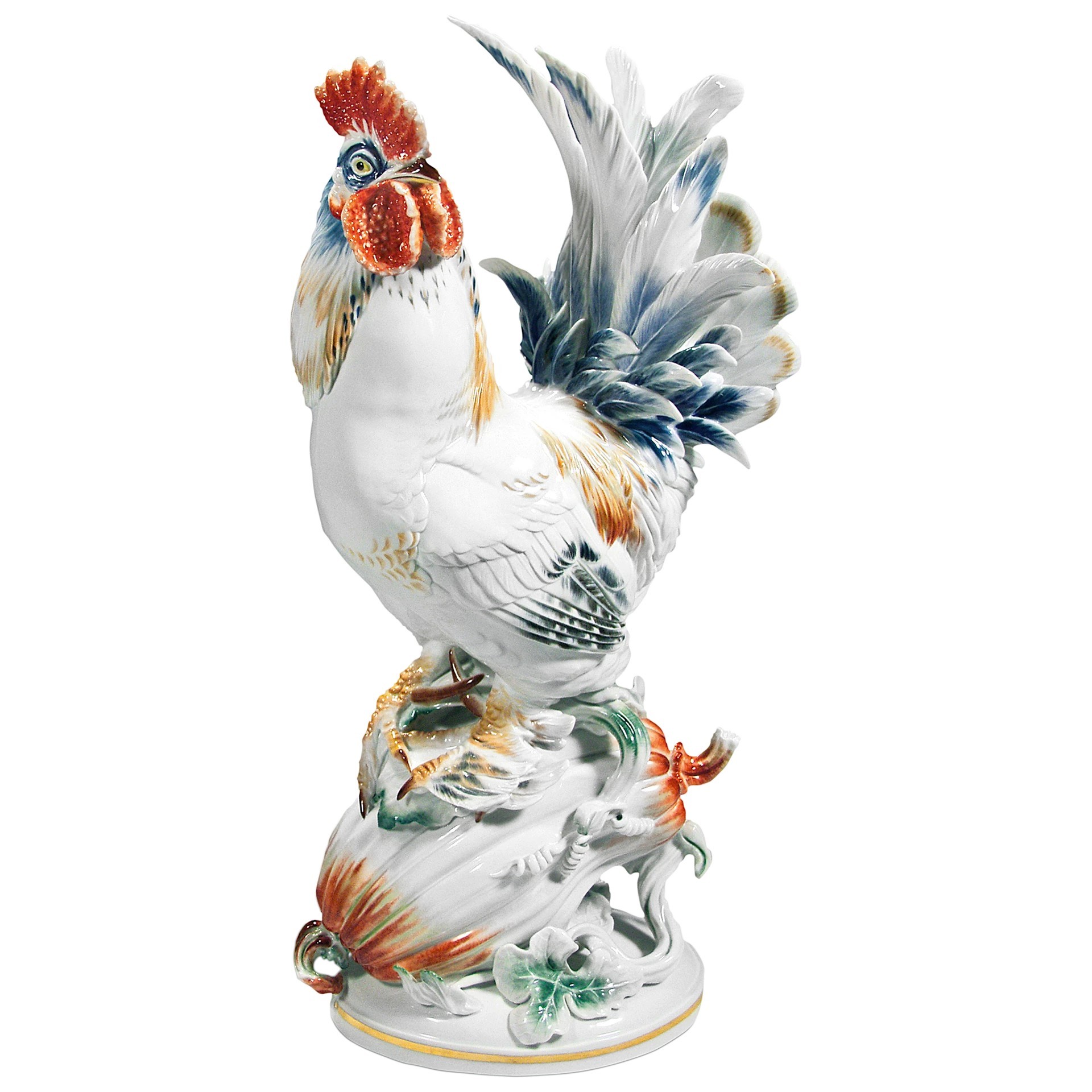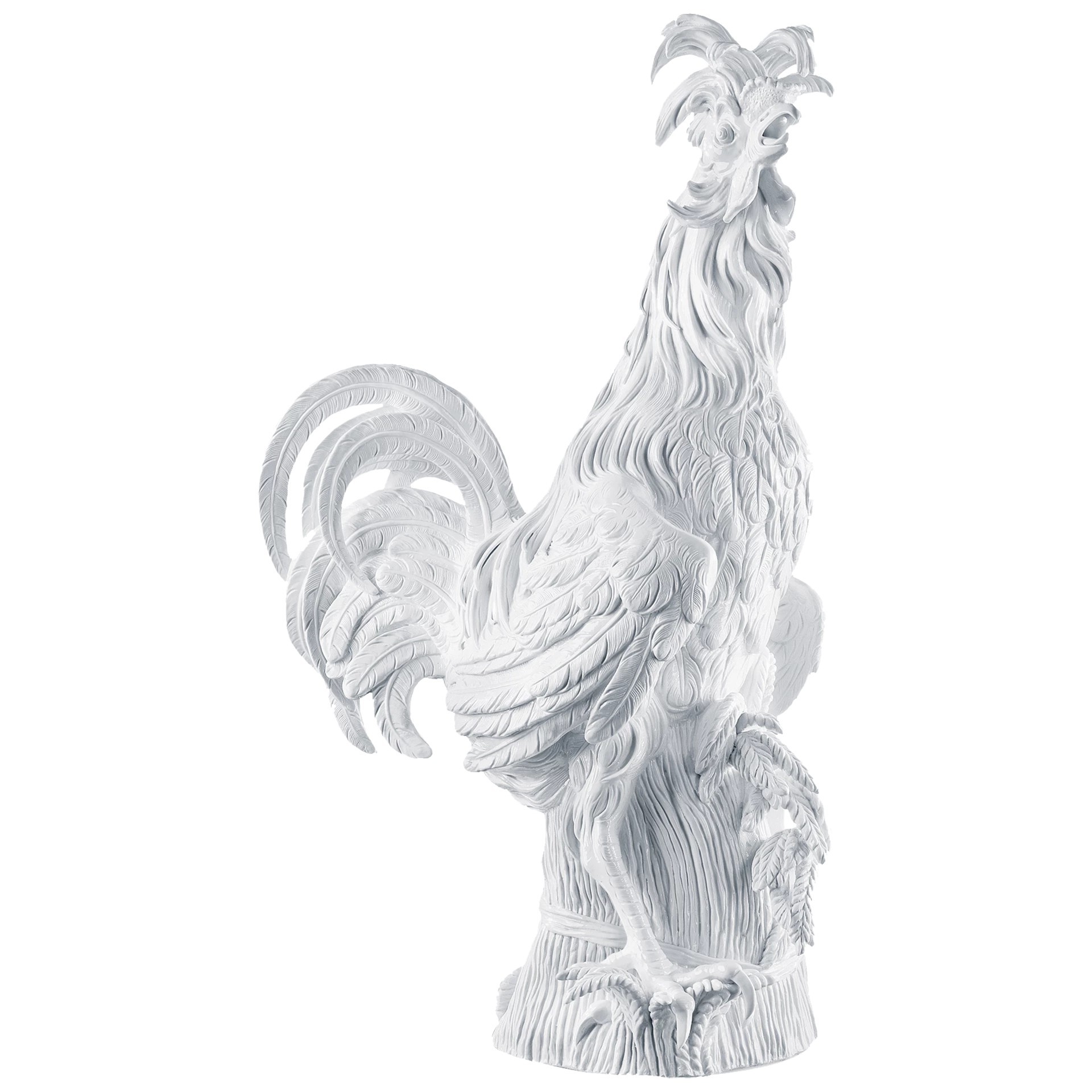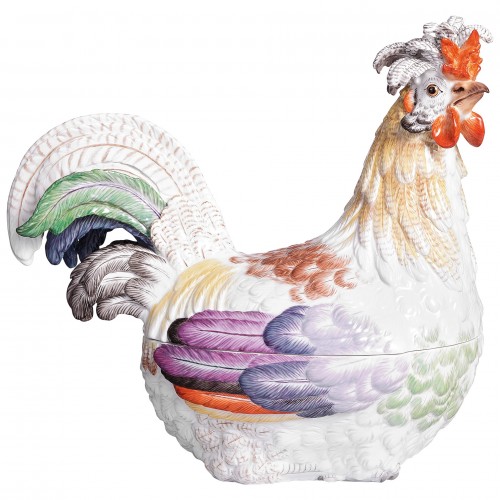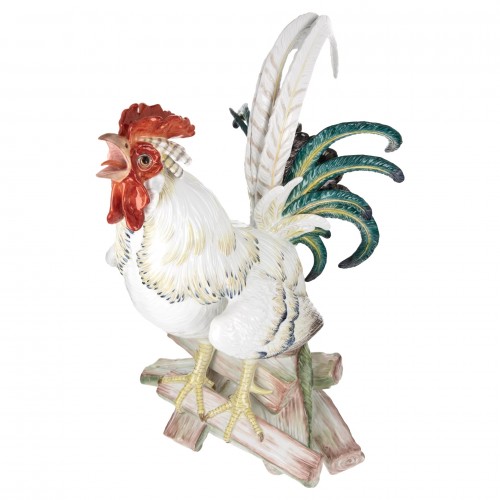Rooster - a symbol of the dawn and vigilance
With his special bright beauty, pomp and pride, the rooster attracts the attention of any person. The image of this bird takes a leading position in many different kinds of art. Thanks to the brightness of colors and his proud posture, his portrayal becomes very advantageous. However, one should not only try to explain this attention to the rooster solely on the basis of his external characteristics.

Throughout history of mankind, the rooster received attention from different cultures and religions. Accordingly, different symbolism has been assigned to him.
As a rule, he is considered a symbol of the sun and the heavenly fire. The roots of this go back into mythology. Like the sun, he "counts down the time," heralding the coming of the new world of the day with his crowing. This crowing has always been a reference of time for people, i.e. a living clock that gives a natural awakening signal. Villagers waited for this sign before starting their journey on the road. After the second singing of the rooster, village women usually got up from their beds to knead bread and milk the cows. When the rooster crowed for the third time, the entire working population of the village was already on its way to their daily work.
In most cultures, the rooster is considered to be the zoomorphic transformation of the deity sun and dawn. Therefore, most of these deities were depicted with a rooster head. In many religions, gods were accompanied by a rooster.
According to folk legends and beliefs night ghosts, spirits and devils disappear with the first cry of the cock. The rooster motif, dispersing evil spirits with his call, is the culmination of many folk tales. It was often depicted on a cross, along with the sun, as a protection from the underworld.
In Scandinavian myths, the cock with his "golden comb" guarded the rainbow- bridge leading from the human world to the abode of the gods.
In ancient Greece the cock faithfully served many gods: Apollo, Athena, Hermes, Asclepius. In one of the myths of Ares, the God of War, turned his servant into a rooster when he did not wake up Ares and his mistress Aphrodite in time during one of their secret meetings. Since then, a servant in the guise of a rooster woke his master before dawn.
A rooster figurine adorns the spire of the cathedral of St. Vitus in Prague. It was exactly at this spot that during pagan times stood the idol of Svyatovit, which the Czech tribes saw as their chief god. They offered wine, loaves and especially a black cock to the idol. Prague was seen as the original capital of warlocks and magicians. For alchemists the cock has always been a symbol of the sun. One of the elements of the astronomical clock on the Old Town Hall is also a golden cock, which stands above clock.
A cock is often depicted as a guard on roofs, weathervanes, spiers and poles. Here his image appeared as a symbol of vigilance. Remember the Tale of the Golden Cockerel of A.S. Pushkin: the weathervane rotates into the direction from where evil threatens. His image graced trunks and relics.
For Eastern Slavs, the cock is the ‘twin’ of its owner. It was common believe that one should only move into a new house, once the rooster cock happily spent a night in it. According to the Slavs, the cockscomb protects people from nightmares as the rooster is vigilant and all-seeing. The image of a rooster on the walls protected the house from possible fires.
Often features of a dragon are ascribed to the rooster. The black cock is closely linked to witchcraft, fortune telling and evil forces. For example, the Western Slavs know a monster named Vasilisk, which has the head of a rooster, eyes of a toad, wings of a bat and the body of a dragon. It was believed that such a monster was born out of a black cock of more than 7 years old. The image of a black rooster is connected with water and the underground kingdom in the folklore and traditions of many peoples. He was often sacrificed to the water flows.
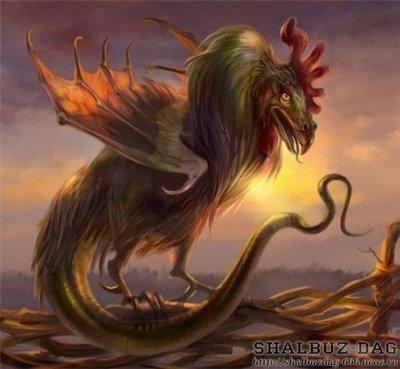
One manifestation of the life force of the cock is its exceptional militancy. Pugnacity, enthusiasm, the characteristic behavior of the cock, make it the embodiment of masculinity, which is also very often reflected in folklore.
The ancestor of the domestic chicken and rooster is the Red Junglefowl (Lat.: Gallus Gallus), a wild bird from the jungles of Southeast Asia and China, which has proved very difficult to tame. They were domesticated even before our era. The possession of a cock was at that time seen as a royal privilege, and these birds were used only as participants in cockfights. In 700 BC, this fashion of owning cocks moved from India and China Babylon and cockfights spread to Asia, Greece, and Sicily. Until the mid-19th century cockfights were one of the favorite pastimes of the nobility and royal families in almost all of Europe. Cockfights also gained popularity in Russia thanks to Alexei Orlov. Even church protests and police could not bring a halt to this barbaric use of roosters.
In many cultures the rooster is not only a sacred bird for the deities of sun and war, but also of fertility. The ritual of sacrificing a cock for the sake of getting a good harvest has been widely practiced since ancient times. Furthermore, in Germany, Slovakia and Bulgaria the cock is seen as the embodiment of the spirit of bread.
The rooster is a popular motive for ritual and wedding ritual towels. During wedding ceremonies of Southern Slavs, Hungarians and other nations the groom often carries a living rooster or his image during the wedding ceremony. In fortune-telling, the cock usually represents the future groom.

In this context, China should be mentioned separately as a country where the honor to the rooster is incredibly huge. Rooster epitomizes five main qualities: dignity, nobility, courage, reliability and generosity. Regarding the latter it is interesting to note that the rooster will first offer the found food to the hens and he will eat only later! In Chinese culture, the rooster with the golden feathers is the tenth symbolic animal of the 12 earthly branches relating to Yang, the male force in the universe. A person born in the year of the cock is, according to oriental horoscopes, considered to be brave and strong. A living rooster or his image is used in funeral processions as a force to drive away evil spirits. Out of respect for the roosters, they are not eaten, but still in some ceremonies they are killed to emphasize the death of the old life and the arrival of a new and better one. In addition, the cock is the symbol for a successful destiny in China. People are given a rooster with a huge crest or a figure of it, in order to wish them good luck with their business.
In Buddhism, the rooster symbolizes non-material desires and is one of the three animals (along with a pig and a snake), which accompanies man in the circle of birth and death.
In Christianity, the rooster is the bird of the Apostle Peter. By crowing three times, the cock confirms Christ's prophecy that Peter will deny three times from his teacher (Matthew 26:34).
Even in contemporary times, the rooster is revered in many different cultures.
The rooster is one of the symbols of France, and once it was considered a sacred bird in Gaul. Interestingly the latin word for rooster and for Gaul is both “gallus”.

The ancient Romans referred to the ancestors of the French as the Gauls, due to their irascible and quarrelsome character. Now, the cock is the emblem of the National Olympic Committee of France. The flag of Wallonia (French-speaking part of Belgium) depicts is red rooster with a raised right foot ready to join the battle, on a yellow background.

Regardless of how you feel for symbolism, the rooster can become a proud and majestic ornament to your porcelain collection. The artists at Meissen and Lladro paid a lot of attention to the image of the rooster in their art.

